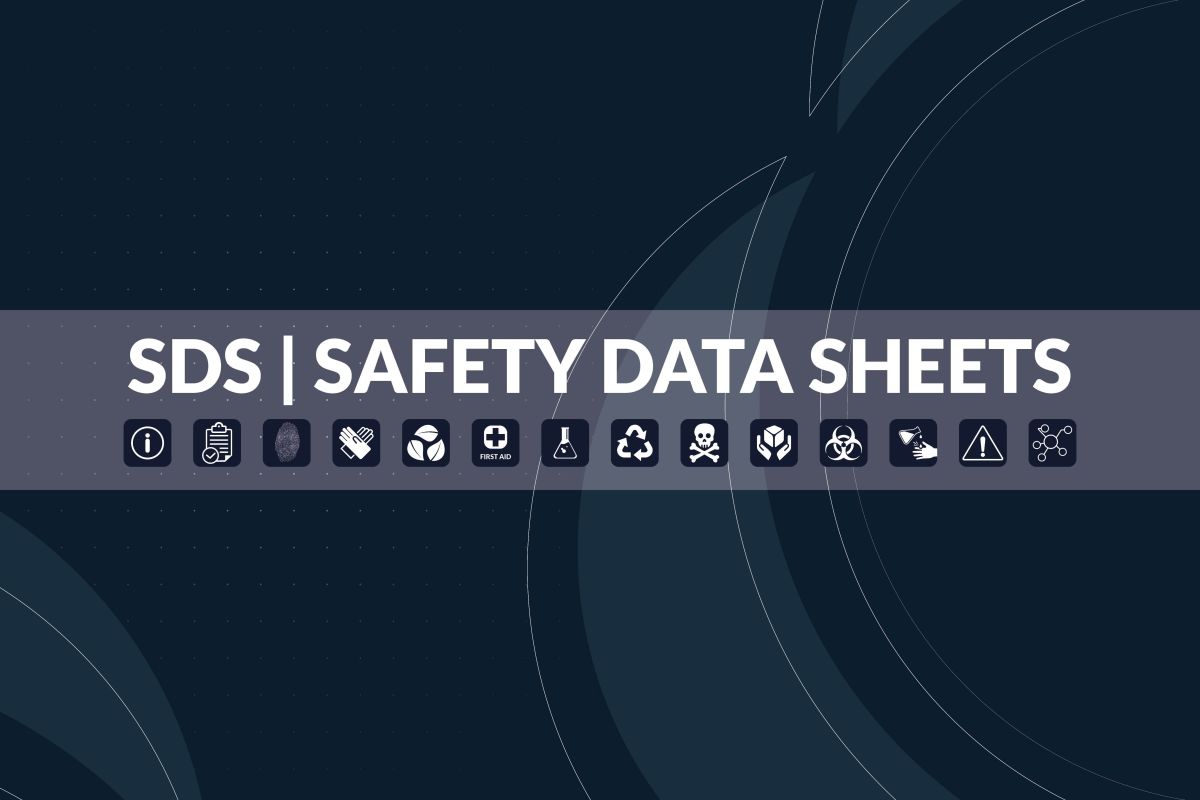We have also created and published SDSs for the Solo A3, Solo C3, Solo A7, Solo A5, Solo A10/A10s, Solo ES3, Solo 370, and Solo 760&770 batteries. We have also created SDSs for the Tesifire TC3, SmokeSabre, Scorpion, and Trutest.
All of our SDSs can be downloaded from our website, and are available in multiple languages.
